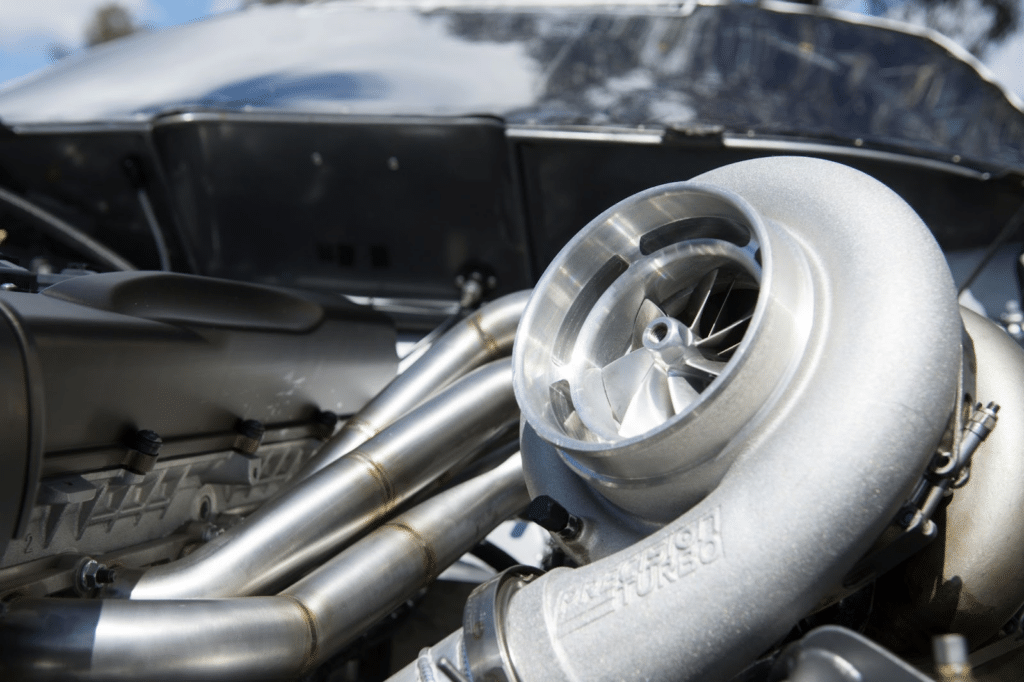If you’re enthusiastic about your car and performance, you know that the quest for enhancements and power is a lifelong journey. Whether it be a gross vehicle mass upgrade for your high-performance vehicle or just enhancing your daily driving, many modifications can make a difference. That being said, you will need some thought and technical experience before you jump into the realm of upgrades.
In this guide, we’ll examine the various ways that you can enhance your vehicle’s performance, ranging from basic adjustments to complete transformations. All while remaining safe and following the suitable regulations.
What is Horsepower?
Before we start tweaking your engine, it’s essential to understand what horsepower entails and why it is so vital for car enthusiasts.
Horsepower is essentially a unit of measurement that represents the vehicle’s capacity to perform work over time. Understanding horsepower in your car is crucial in gauging what is possible regarding speed and acceleration. Factors like the engine design, fuel intake, and exhaust flow impact horsepower determination, and this metric can apply to all makes and models.
Being knowledgeable about horsepower is the first step in deciding how you’re going to upgrade and modify your vehicle. Getting a grasp of the standards for your car and others that are reaching better performance is vital in getting that benchmark. But remember it’s not only about numbers but also how they impact your driving experience.
Enhancing Performance
There are many avenues to explore when looking to boost horsepower, each with its own advantages and disadvantages. It’s essential to evaluate your needs and options before committing to any long-term upgrades. Let’s look at some common modifications.
High‑Flow Exhaust Systems – Reduce Back‑Pressure
An upgraded exhaust system, including headers, downpipes, and cat-back setups, reduces back-pressure and improves exhaust gas flow. This helps the engine “breathe” better and enhances both power and sound. Upgrades typically include headers for improved scavenging, high-flow catalytic converters, and stainless-steel cat-back systems, with power gains of +10–20 HP depending on the setup.
Cold Air Intakes – Essential First Upgrade
Cold air intake systems draw in cooler, denser air from outside the engine bay, improving combustion and resulting in more efficient power output. They’re one of the most cost-effective performance mods, typically adding 5–10 horsepower while improving throttle response. Benefits include lower intake air temperature for better combustion, enhanced throttle feel, and a simple install ideal for beginners. These upgrades are especially popular in Queensland tuning garages, Sydney workshops, and Melbourne car performance shops.experience.
ECU Tuning & Remapping – 10–15% Power Gains
Modern cars use an Engine Control Unit (ECU) to regulate performance. By remapping or tuning the ECU, you can adjust fuel ratios, ignition timing, and boost pressure to achieve up to 10–15% more horsepower and torque. This is best paired with other mods like intakes and exhausts, requires dyno testing for precision, and is ideal for turbocharged cars. It’s commonly done by specialists in Brisbane and Perth.
Forced Induction: Turbochargers & Superchargers
Looking for serious gains? Forced induction systems compress more air into the engine, allowing more fuel to burn and significantly increasing output. Turbochargers are powered by exhaust gases and offer high-end power and fuel efficiency, while superchargers are belt-driven and provide instant throttle response. Both can result in a typical gain of +30–50% in power.
Do It Yourself vs Professional Installation

Deciding whether to install performance upgrades yourself or with a licensed mechanic is a personal choice you’ll face along the way. It is important to consider both options so you can determine what’s more appropriate for your situation.
The most apparent advantage of DIY installations is the cost-effectiveness of this method, but it can also give you a valuable understanding of how your car works. Those who are really passionate about cars find it a very fulfilling experience to do the work themselves, and it leaves them in a better position to understand their vehicle when other upgrades or repairs are needed. The only drawback is that it requires time, tools to access and knowledge to execute.
Professional tuners possess the expertise and practical knowledge needed to effectively carry out performance upgrades. They can also offer advice on the upgrades for your specific model and goals. Another advantage is that if you get installation, you might also be eligible for warranties and guarantees on the work completed, safeguarding your investment.
Evaluating Performance and Adjusting Settings
Simply installing performance upgrades and components doesn’t automatically mean you’ll gain power. It’s vital to conduct tests and adjust settings as you go during the process. Testing gives you a benchmark to see what is working and what is not.
Maintenance & Dyno Testing – Crucial Prep
A dynamometer is a device that gauges the speed of your car to determine horsepower and torque. It gives you a comprehensive comparison of max speed and engine power so you can ensure that what you are doing is having an impact. These tests are typically done before and after the modifications so you know exactly how your upgrades are effecting the engine.
Performance Internals: Pistons, Camshafts, Rods
For advanced builders, upgrading internal engine components can push performance even further — especially at high RPMs. Common upgrades include forged pistons and rods for durability, performance camshafts for improved airflow timing, and high-performance valves and lifters. These enhancements support high-horsepower builds and boost engine longevity under stress.
Supporting Mods: Suspension, Tires, Brakes
Adding power without control is dangerous. Ensure safety and drivability by upgrading coilover suspension for better handling, installing performance tires for enhanced grip, upgrading brake kits to handle increased speed, and integrating high-flow fuel pumps and cooling systems.
Entry-Level vs Advanced: 2025 Mod Comparison
| Upgrade | Stage | 2025 AUS Cost Estimate | Typical Power Gain |
|---|---|---|---|
| Cold Air Intake | Beginner | AU$300–600 | +5–10 HP |
| High-Flow Exhaust | Beginner | AU$800–1500 | +10–20 HP |
| ECU Remap | Intermediate | AU$700–1200 | +10–15% |
| Turbo/Supercharger | Advanced | AU$3000–7000 | +30–50% |
| Engine Internals | Advanced | AU$2000+ | Depends on build |
Safety and Legal Matters
Boosting horsepower is thrilling, but most people miss out on safety and road compliance. If you’re in a country with strict rules, you need to follow guidelines to avoid penalties or legal issues. Familiarise yourself with local regulations and follow them carefully. Some modifications might even impact warranty or insurance claims.
Road safety is even more important than compliance, if not for yourself but for those around you. It involves ensuring that your power increases don’t compromise safety systems like braking or handling, and regular maintenance of these components is also crucial to ensure any risks are handled with speed.
Conclusion
Ramping up your vehicle’s horsepower can be a journey in and of itself, but it’s essential to proceed with care and knowledge. When you can grasp the importance of horsepower while exploring performance upgrades and making informed choices then you are going to have the best outcomes during your upgrades. When approached the right way, your upgrades are not only about speed but also an ode to engineering excellence and the delight of cruising down the road.
FAQ
How much horsepower can a cold air intake add?
Roughly 5–10 HP, along with improved throttle response.
Is ECU remapping safe for a stock engine?
Yes—if done professionally, it can enhance performance and efficiency without compromising reliability.
What’s better: turbo or supercharger?
Turbochargers deliver higher peak power and efficiency; superchargers provide instant boost and better drivability.
Do I need to upgrade brakes when adding horsepower?
Yes—brakes, tires, and suspension should match your engine upgrades for safety and control.
Is dyno testing necessary after upgrades?
Absolutely. It ensures tuning accuracy, detects issues early, and helps maximise gains.








